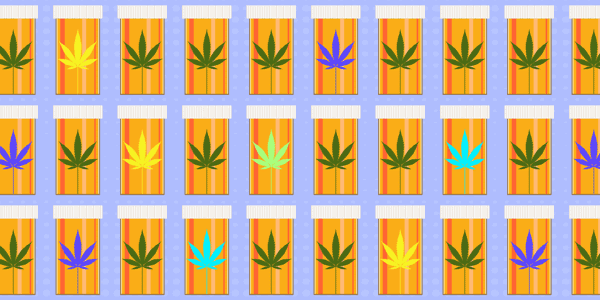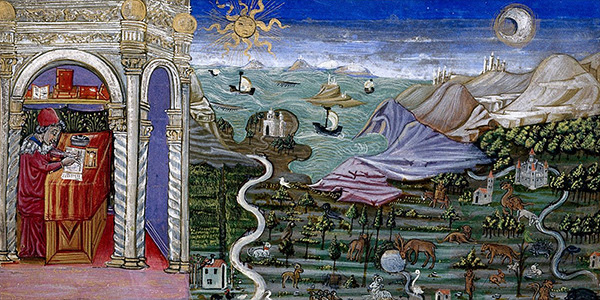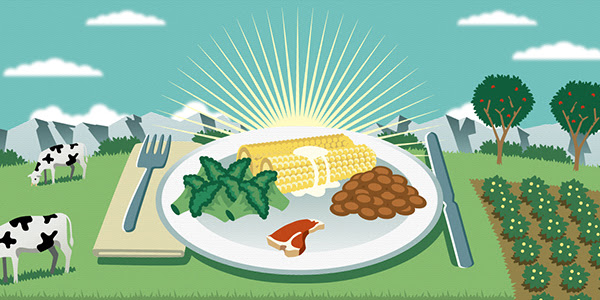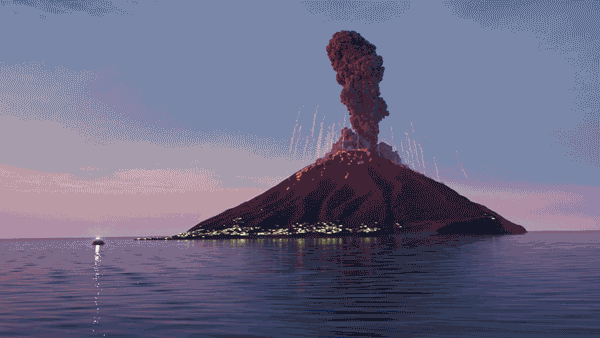
Scientific highs and lows of cannabinoids
By Nicola Jones Hundreds of these cannabis-related chemicals now exist, both natural and synthetic, inspiring researchers in search of medical breakthroughs — and fueling a dangerous trend in recreational use Read more

Pliny the Elder’s radical idea to catalog knowledge
By Tom Siegfried This year marks 2,000 years since the birth of the Roman author of the first natural encyclopedia Read more
From the archives
Making environmentally friendly eating choices can be tricky. Do you go with the minimum carbon footprint? The least water use? The smallest disturbance of wildlife habitat? A team at the Washington Post has you covered, with a nifty interactive that lets you explore the various impacts of several dietary staples. And for a closer look at the sustainability of meats in particular, read our story.

How much meat can we eat — sustainably?
By Bob Holmes Scientists find that a small amount of animal products could have a place in our diets without wreaking environmental havoc. But it’s far less than what we consume today, and only if farmed in just the right way. Read more
Evolutionary biologist Robert K. Wayne was a passionate researcher of dog evolution — notably, with Carles Vilà, he discovered that the ancestors of domestic dogs were wolves, not jackals or coyotes. But Wayne studied carnivores of all sorts, including pumas and bobcats, and his genetics work aided in the understanding and conservation of critters that included opossums, bats, birds and abalone. Wayne died December 26, 2022. For a deeper dive into his research, read his 2017 paper in the Annual Review of Animal Biosciences.
What we are reading
One in a million
Some genetic conditions are common — sickle cell, cystic fibrosis — while others are rare. Then there are the really rare, perhaps unique conditions found in just a single individual. Historian Beverly Gage is one such person. For the New Yorker, she writes about the mysterious joint pain that arose after a brush with an aquatic plant during a swim; it morphed into pain and swelling that dogged her for years. Eventually scientists figured out what was going on (some also delighted in discovering a real-live carrier of her genetic mutation). Gage’s story, told with a historian’s eye for narrative, takes readers along on her journey. Even though her condition may be unique, her lonely road to an eventual diagnosis may be familiar to many.
Follow the bugs
A careful inspection of archaeological sites can reveal winged and multilegged evidence of what life was like centuries ago. Such remains — of lice, flies, beetles and more — from Paleo-Eskimo and Norse settlements provide clues to whether the locals stored grain, harvested timber or even made warm bedding from ducks’ downy feathers, Matthew Wills writes in JSTOR Daily. Settlements, and their later abandonments, can also be tracked using six-legged creatures. “Put simply,” writes Wills, “humans carry insect-hitchhikers wherever they go.”
Yes, we can
The scientific consensus is in: To avoid the worst effects of climate change, we need to get to net-zero emissions and we need to do it now. Some days, this can feel like an impossible task. But there’s reason for hope, Alexandra Witze writes for Science News. Witze takes a bird’s-eye view of the technologies and changes already in the works around the globe. In many respects, we have the ways — cheap solar and wind energy, clean fuels, means to sop up carbon from the atmosphere — we just need the will.

Art & science

CREDIT: CHRISTOPH KUEHNE, SAYOSTUDIO
Thar she blows
Just north of Sicily, near the subduction zone of the African and Eurasian tectonic plates, sits Mount Stromboli — one of the world’s most active volcanoes. Its inner structure is only about a kilometer deep, yet it’s been active for more than a thousand years. The GIF shown above is based on geologists’ 3D models of the volcano’s magma chamber. Taken from an animation by Christoph Kuehne of SayoStudio, the clip begins with a lifelike view of Stromboli’s rumblings — relatively mild intermittent explosions that eject bits of material and incandescent molten lava bombs. Dubbed the “Lighthouse of the Mediterranean,” the volcano attracts scads of visitors each year. If real-life volcano-watching isn’t in your future, see the full animation at SayoStudio and learn more at the Smithsonian Institution’s Global Volcanism Program.



